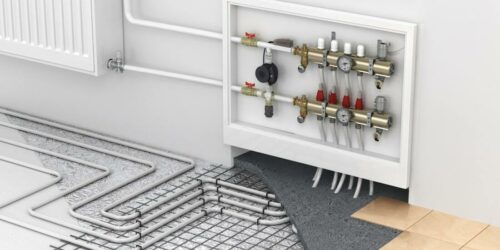Solar Panel Installation: Everything You Need To Know
- Lower your electricity bill with solar panel installation
- Ride the renewable energy wave sweeping the nation
- The benefits of using a professional
Having solar photovoltaics (PV) installed is a fairly straightforward process. Once the PV system is on your roof, a number of panels will convert sunlight into direct current (DC) electricity, while an inverter will then convert this to useable alternating current (AC) electricity. When the solar panel installation is complete, you can use this green energy in your home.
This article will explain what happens in the solar panel installation process, and how it works. From making the most of your system with a solar battery to a freestanding PV system on the ground, it is all included below. The article will also go over various elements that need to be factored in, such as the orientation of your roof.
Looking to get started with solar panels already? Use our online quote comparison tool to be put in touch with solar panel installers near you. It only takes a minute.
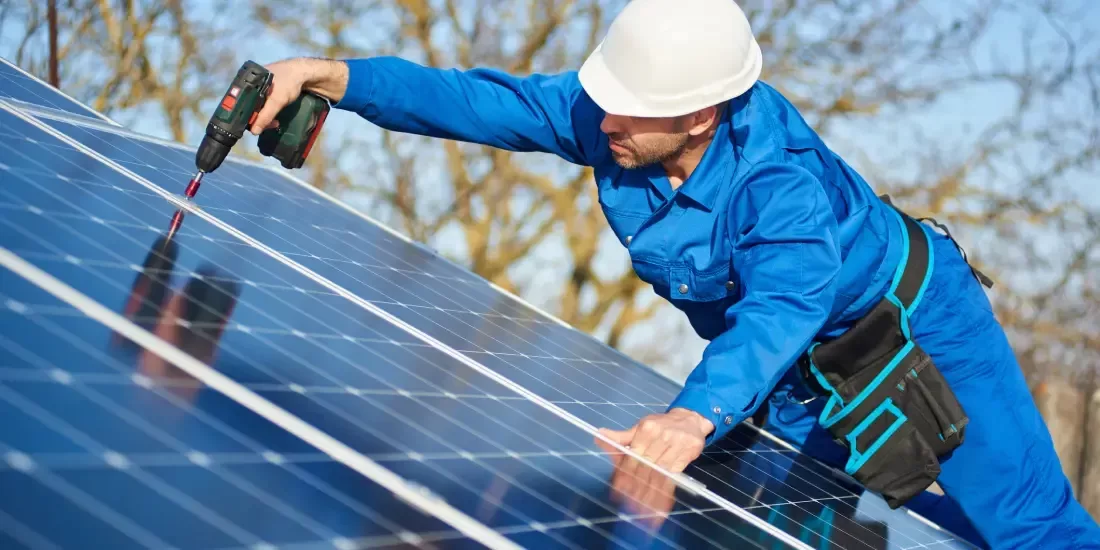
What's On This Page?
Click the links below and head straight to a specific section of the article.
Solar Installations in the UK
According to MCS data, the total number of solar PV installations throughout last year were 160,913, almost 50,000 more than 2022. The breakdown by month can be seen in the graph below.
Between January and August, the number of residential installations in 2023 beat the total throughout the whole of 2022. Now is very much the time to get in with the crowd.
Solar Panel Installation Process
After you find a reputable installer, the various options will be relayed to you. These will depend on your situation, such as the amount of space on your roof, how much power you require and which direction your home faces. A solar panel installation date will be agreed upon, when your system will be erected on your home.
The full installation process is outlined below.
Scaffolding
Before any panels will be seen, scaffolding needs to be put in place. This will protect the workers and make sure that your solar panel installation can proceed safely. Depending on the size of your home, this can take anywhere from 2–48 hours to finish.
Mounting System
With the scaffolding in place, the next step is to make sure the mounting for the PV system is secure. This is to ensure they stay fixed to the roof, are angled suitably towards the Sun and have air flowing beneath them. The perfect angle can be anywhere from around 20° to just under 40°, as this maximises the amount of energy they can produce throughout the year. A solar panel installation with a gap underneath helps regulate their temperature so they don’t overheat.
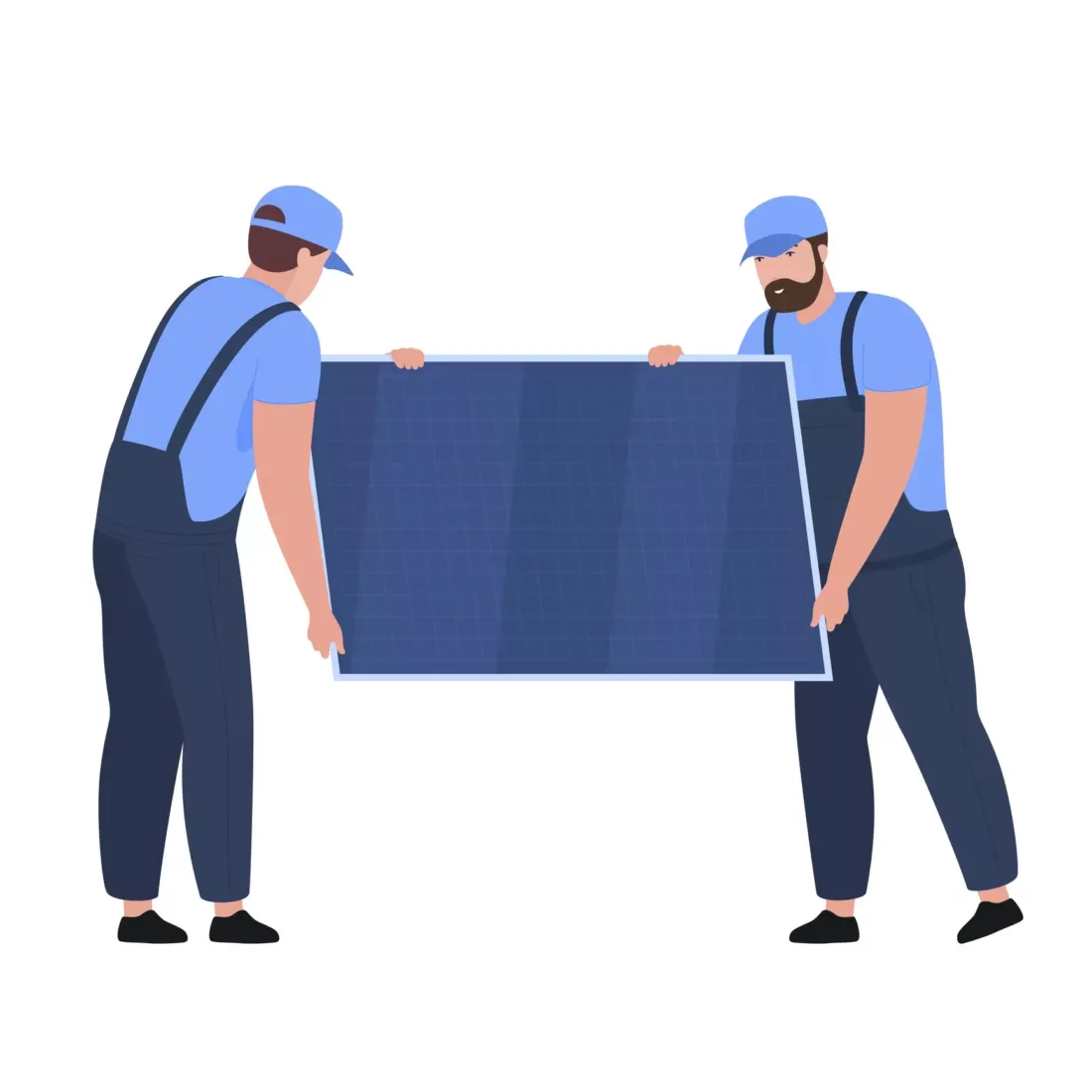
Attaching the PV System
When the mounts are secured to the roof tiles, the solar panel installation can commence. Your PV system will be installed piece by piece and screwed to the mounts. Workers will usually go from one end to the other, making sure that spacing and gaps are correct.
Wiring the Solar Panels
Once the solar panels are in place, they need to be wired in. Your electrical supply may need to be turned off at this time to prevent the chance of electrocution. MC4 connectors will usually be used with a solar panel installation, but this step doesn’t take as long as many others. Bigger PV arrays will take up more time though.
Installing the Inverter
The most critical piece of equipment with solar panel installation is the inverter. This ensures captured DC energy is transferred into useable AC electricity, which you can then use in the home. As the inverter is susceptible to temperature shocks, they are best placed in cool environments with plenty of ventilation, such as the garage or utility room. They can be installed outside, but must be away from direct sunlight, especially in the afternoon.
Adding a Battery
If you’re after a solar battery, installing one at this point will bring down the cost. After the inverter is fitted, the battery needs to be connected to accept any incoming charge. Alternatively, a solar panel installation without a battery will just be connected to the consumer unit and generation meter.
Generation Meter
The generation meter will tell you how much electricity your solar panel installation has produced at any one time. You can keep an eye on how your battery is charging, for example, or compare how much power you produce on different days. Apps or software are available with most systems, to allow for better monitoring.
Testing and Registering
Last, but not least, your solar panel installer will switch the system on and make sure it’s working as expected. Providing everything is safe, they will guide you through your PV system and register it with the Distribution Network Operator (DNO). If, for any reason, they do not do this, they will show you how to do it before they leave the premises.
Is My Home Suitable for a Solar Panel Installation?
There are many factors that influence how suitable your home is to have solar panels on it. This can range from making sure there are no overhanging trees to properly insulating your home beforehand. This way, you can capitalise on reducing your electricity bill.
Rooftop Orientation
While most roofs can happily have a solar panel installation, there are a few exceptions. South facing roofs will be able to generate the most amount of electricity as the Sun passes from East to West.
North facing roofs, on the other hand, will suffer, as they will be in the shade throughout the day. If you have a north facing roof, you might be able to benefit from a freestanding installation on the ground instead.
Roof Size
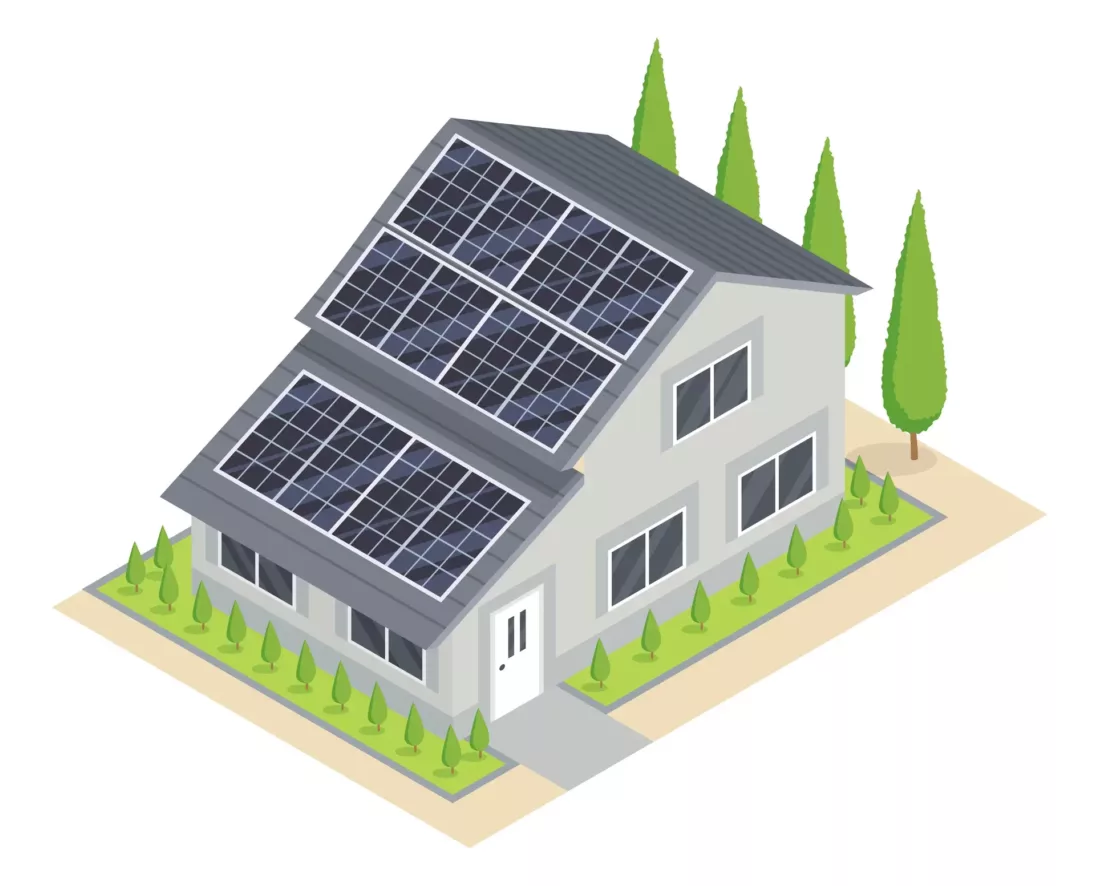
Urban roofs tend to be smaller than those in rural areas. A typical solar panel installation will be 2m² per panel, so the bigger your roof, the more solar panel systems you can fit on it. An average three bedroom house will need about 10 solar panels, which would require 20m² of space on your roof. You may need to reconsider your plans if you have skylights, or other impediments on your roof.
Shading
Excess shading from large trees or neighbouring buildings will impede any solar panel installation, making it less than ideal. By reducing the amount of sunlight your panels receive, you will severely limit how much power they generate, as well as the total savings you can make.
Poor Insulation
Depending on how your heating system operates, you may need to improve the insulation of your home before you go ahead with solar panel installation. This is because poorly insulated homes suffer from heat loss on a big scale, which makes heating your home incredibly energy inefficient.
If you have electric heating, and are looking to offset the cost with solar panels, this would only work if your home can keep the heat in. Similarly, hot water that runs on electricity, such as an immersion heater, will also be affected by insulation (on pipes and the cylinder).
Do I Need Planning Permission for a Solar Array?
For most buildings and areas, a solar panel installation will not require planning permission, as it’s considered a permitted development. However, there are some instances where you will need to apply for planning permission when installing solar panels. These include if you live in a listed building or conservation area.
If you wish to install an array that overhangs your roof, or is higher than it should be, you will need to apply for permission. Similarly, your first freestanding ground mounted solar panel system is permitted, but any additional ones will need planning permission.
Can I Perform a Solar Panel Installation Myself?
You may be wondering if a DIY solar installation is possible. While it is technically permitted, it mainly depends if you have enough technical and electrical knowledge to be able to do it. Not only would you require a vast amount of experience and understanding in the systems and how the electrics work, but you’ll also have to source the panels yourself. Without access to trade costs, this will become much more expensive than using a professional.
The other downside to using solar panel kits, or opting for solar panel installation on your own, is that you won’t have access to the benefits that come with exporting electricity. An MCS registered installer gives you access to the Smart Export Guarantee (SEG), which pays you for any electricity you export to the grid. MCS certification is required to use any energy supplier that offers these tariffs.
Advantages of Using an Installer
Not only will an MCS accredited installer be able to unlock the advantages with exporting energy, but they may be required if you’re to benefit from any warranties and insurance, and adhere to installation regulations under local rules. Despite the labour costs of solar panel installation, there aren’t many drawbacks to using a professional.
You’ll receive the following advantages when using a professional solar installer:
Able to benefit from trade prices (installations and costs will be cheaper)
Skills, knowledge and expertise for safe solar panel installation
Can install and angle panels perfectly to maximise energy generation
Electrical know-how to expedite connection, especially to the national grid
Will register your installation for you
Finding Reputable Solar Panel Installers
The best way to make sure your solar panel installation proceeds without any issues is to use a reputable company. Receive up to three quotes from separate companies to see how much you’d pay before you make your decision.
We work with a multitude of solar panel installers throughout the UK, including Project Solar. You can start your solar panel journey by clicking on the button below. Fill in your details and we’ll put you in touch with local installers who will give you tailored quotes. Any questions you may have about your system will be answered by them throughout the process.
Related articles
View all Solar Panel articles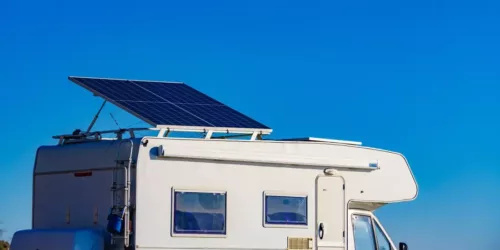
A Complete Guide to Caravan Solar Panels
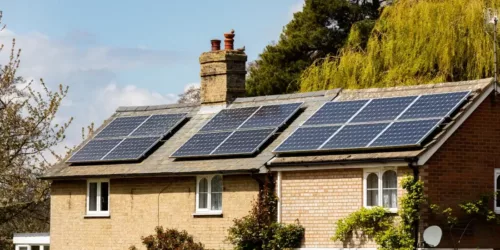
Are Solar Panels Worth It in Wales?
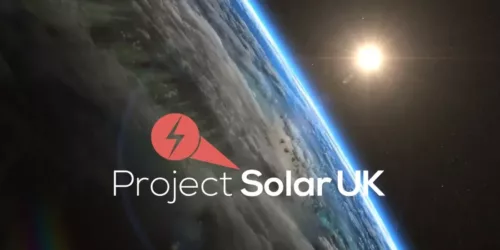
Project Solar UK: Company Overview
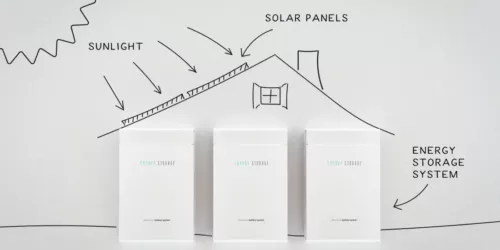
Battery Storage for Solar Panels Explained
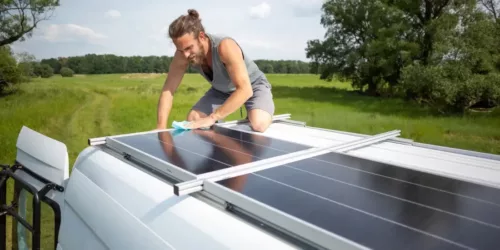
Solar Panel Kits Explained - Everything You Need to Know
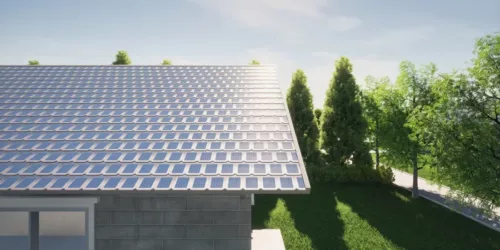
Are Solar Roofing Tiles Worth It?
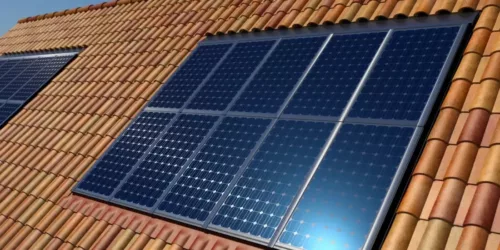
A Complete Guide to Roof Integrated Solar Panels
